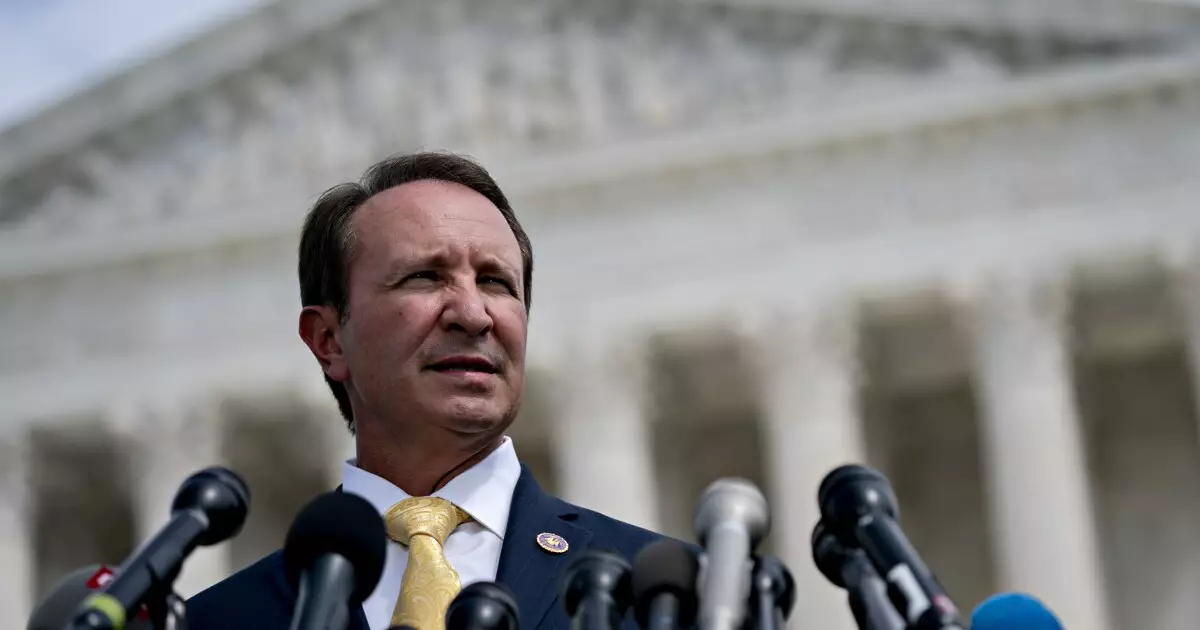Louisiana is undergoing significant tax reforms aimed at rectifying a looming fiscal deficit projected at $587 million for the upcoming year. Rating agencies like Fitch Ratings, Moody’s, and S&P Global Ratings have lauded these measures, emphasizing that these alterations should ideally bolster revenue streams. However, as history demonstrates, revenue projections can be fickle, especially following substantial tax adjustments. This article examines the implications of Louisiana’s tax changes, the reliability of revenue forecasts, and the potential broader economic impacts.
At the heart of Louisiana’s recent tax reforms is an increase in the sales tax rate, now positioned at 5.00% until 2030, before tapering to 4.75%. This adjustment, along with an expansion of taxable items, is designed to bolster sales tax revenues significantly. The state’s Revenue Estimating Conference anticipates fiscal 2026 revenues to rise to $12.151 billion, up from $11.704 billion estimated earlier. Yet, as Eric Kim of Fitch Ratings warns, half-hearted optimism is the key here; historical data from states like Ohio and Arizona indicates that revenue often pales in comparison to initial forecasts following similar tax reforms.
One critical aspect of these changes is the timeline of revenue realization. The immediate impacts of the new sales tax will manifest more quickly compared to other reforms, like reductions in income tax. When examining the months leading up to these changes, data showed a 4% decline in sales tax revenue through November. This existing trend underscores the uncertainty surrounding the anticipated revenue increases post-reform. Furthermore, it typically takes at least a full fiscal year before the true effect of tax changes can be reliably assessed, which raises questions about the timing of these decisions.
Importantly, Louisiana’s institutional framework provides mechanisms to cope with potential shortfalls in revenue. As noted by Rob Marker of S&P, the governor has the authority to implement budget cuts swiftly to preserve structural balance. This feature, alongside a constitutional mandate for balanced budgets and established budget-monitoring processes, presents Louisiana with safeguards against financial instability. Still, a situation in which these safeguards need to be employed could signify distress, marking a precarious balance between growth and necessary austerity measures.
It’s crucial to consider external factors that could significantly affect Louisiana’s economic landscape. Rappmund from Moody’s highlighted an acute concern regarding federal Medicaid spending, given the state’s high dependency on these funds. Changes in federal support could disproportionately impact Louisiana’s budget, further complicating its fiscal outlook. Furthermore, external trade policies, including potential tariffs under the administration of President-elect Trump, are another variable in this equation, as they can influence both import costs and export activities crucial to the state’s economy.
State officials are concurrently seeking a credit rating upgrade, hoping to elevate their general obligation bond rating to AA from AA-. Such ratings are critical for effectively managing public finance and attracting investment. The anticipated meeting between state officials and Fitch in the coming months could provide a platform for presenting arguments supporting this upgrade. The state’s proactive fiscal measures, if they translate to observable economic improvements, might play a key role in convincing rating agencies of its resilience.
While Louisiana’s recent tax reforms have the potential to address a significant budget deficit and stimulate economic growth, there are substantial precursors to caution. Revenue projections, influenced by both internal reforms and external forces, require close monitoring. The interplay between timely revenue realization, governance mechanisms for budget management, and external economic shocks will ultimately dictate the state’s fiscal stability. As Louisiana charts its fiscal future, it must remain vigilant, adaptive, and receptive to the multifaceted challenges ahead. The road to recovery may be fraught, but with prudent management and a watchful eye on economic indicators, Louisiana could emerge stronger.

